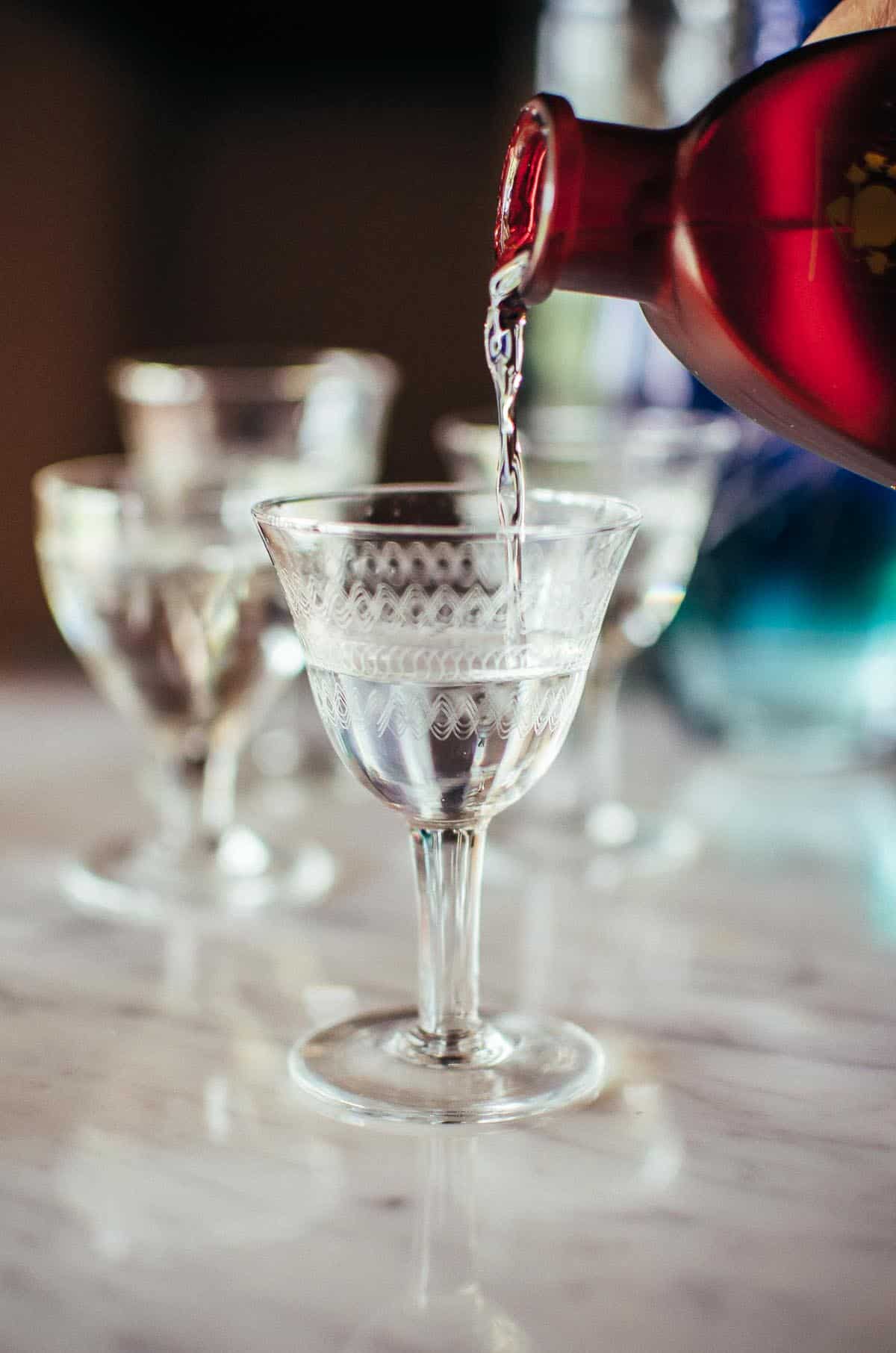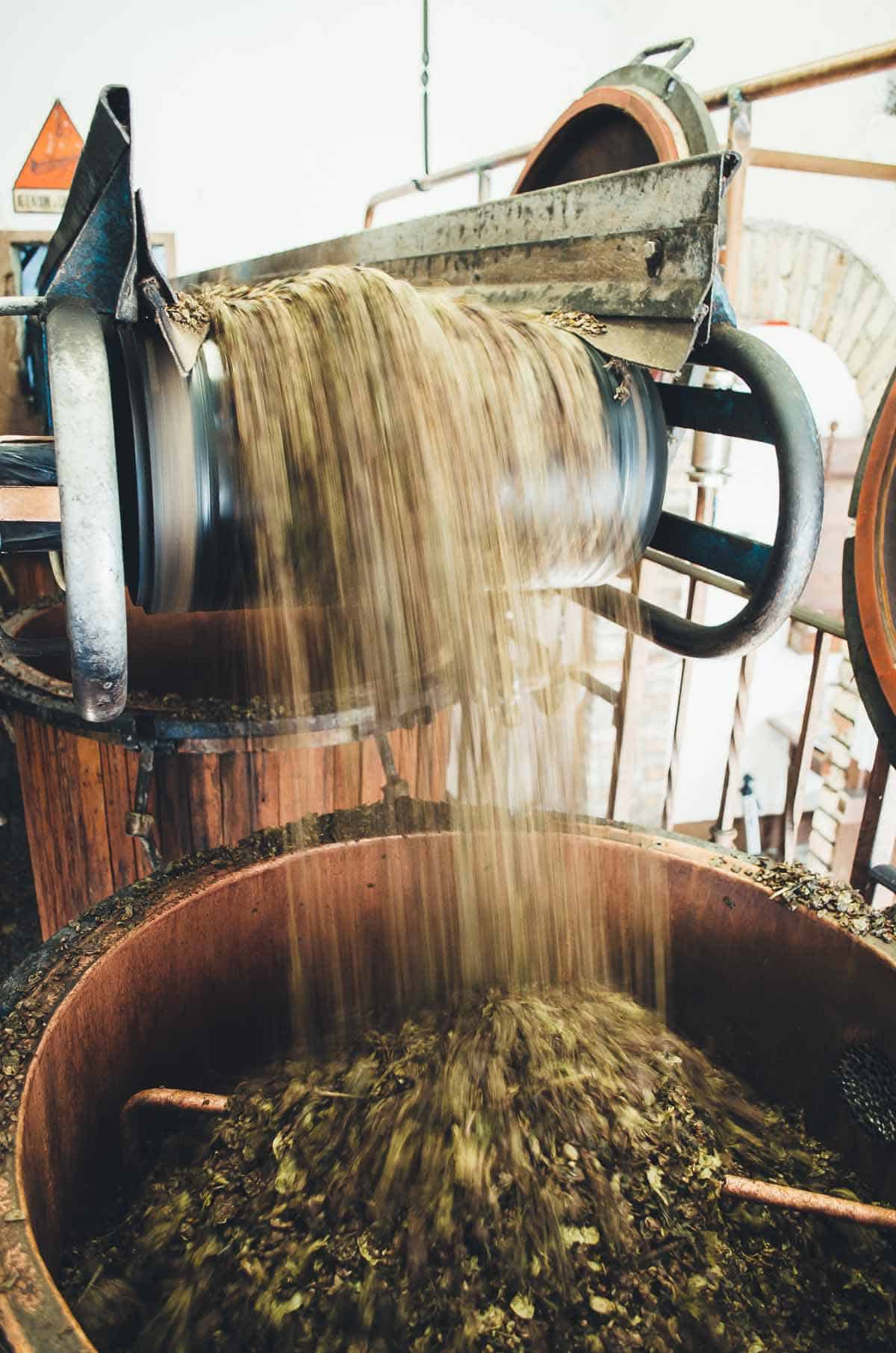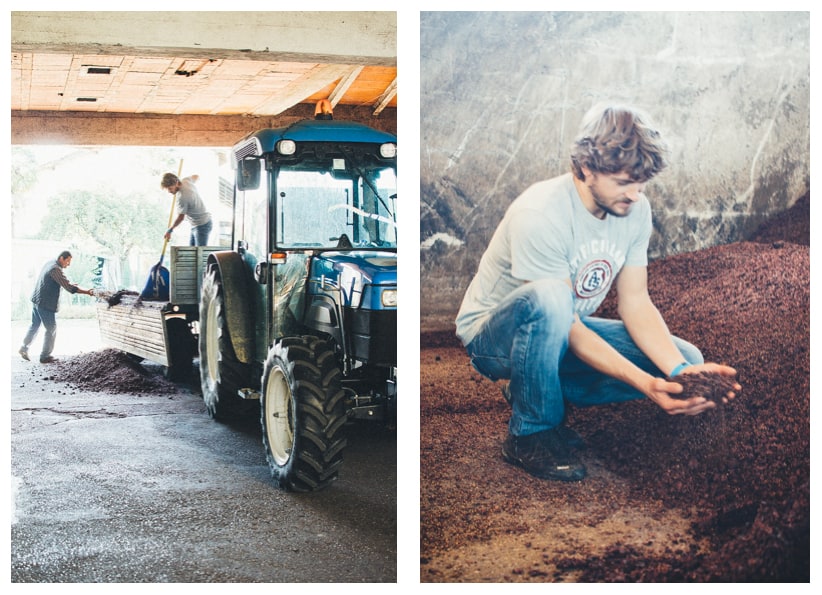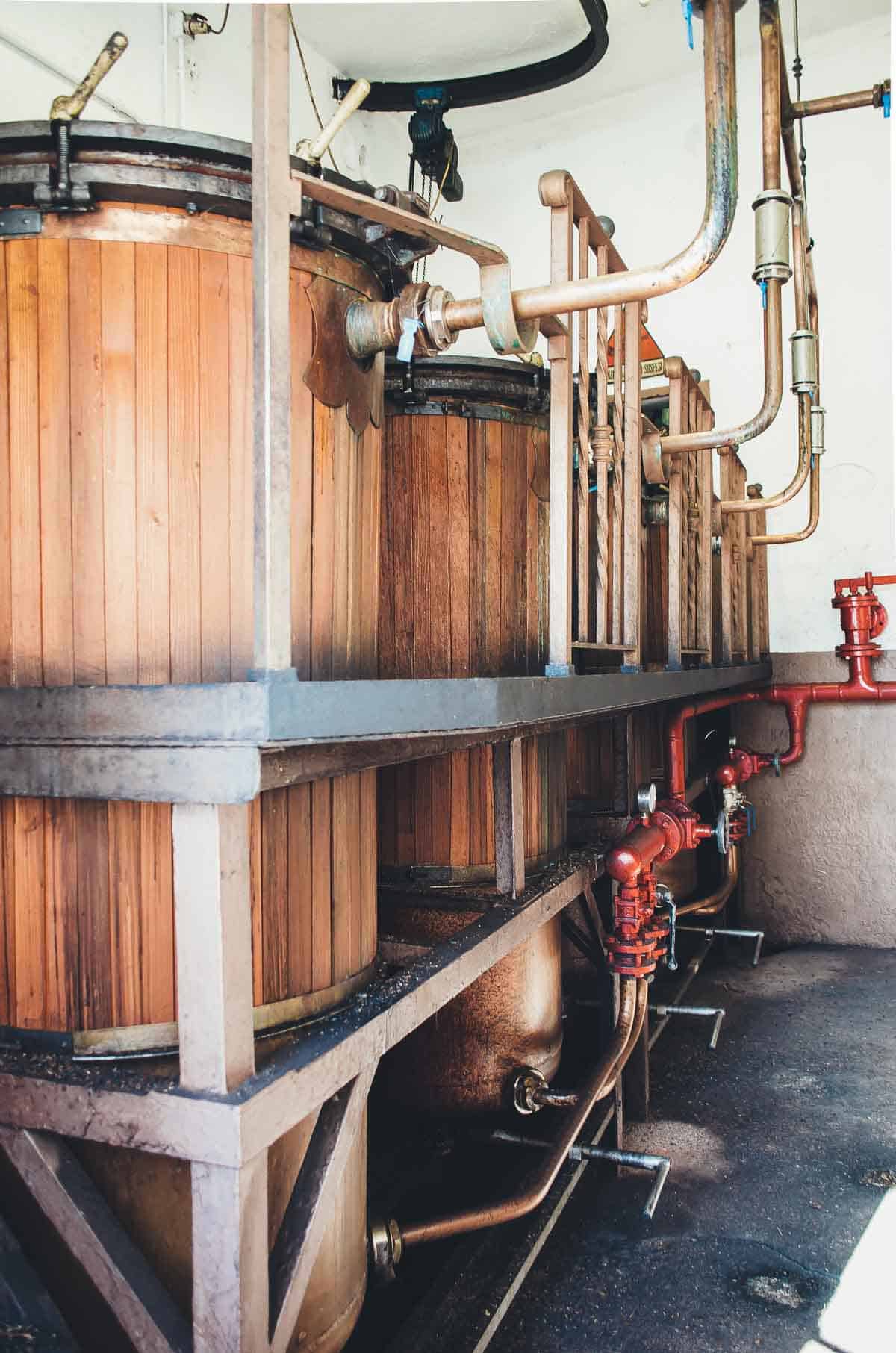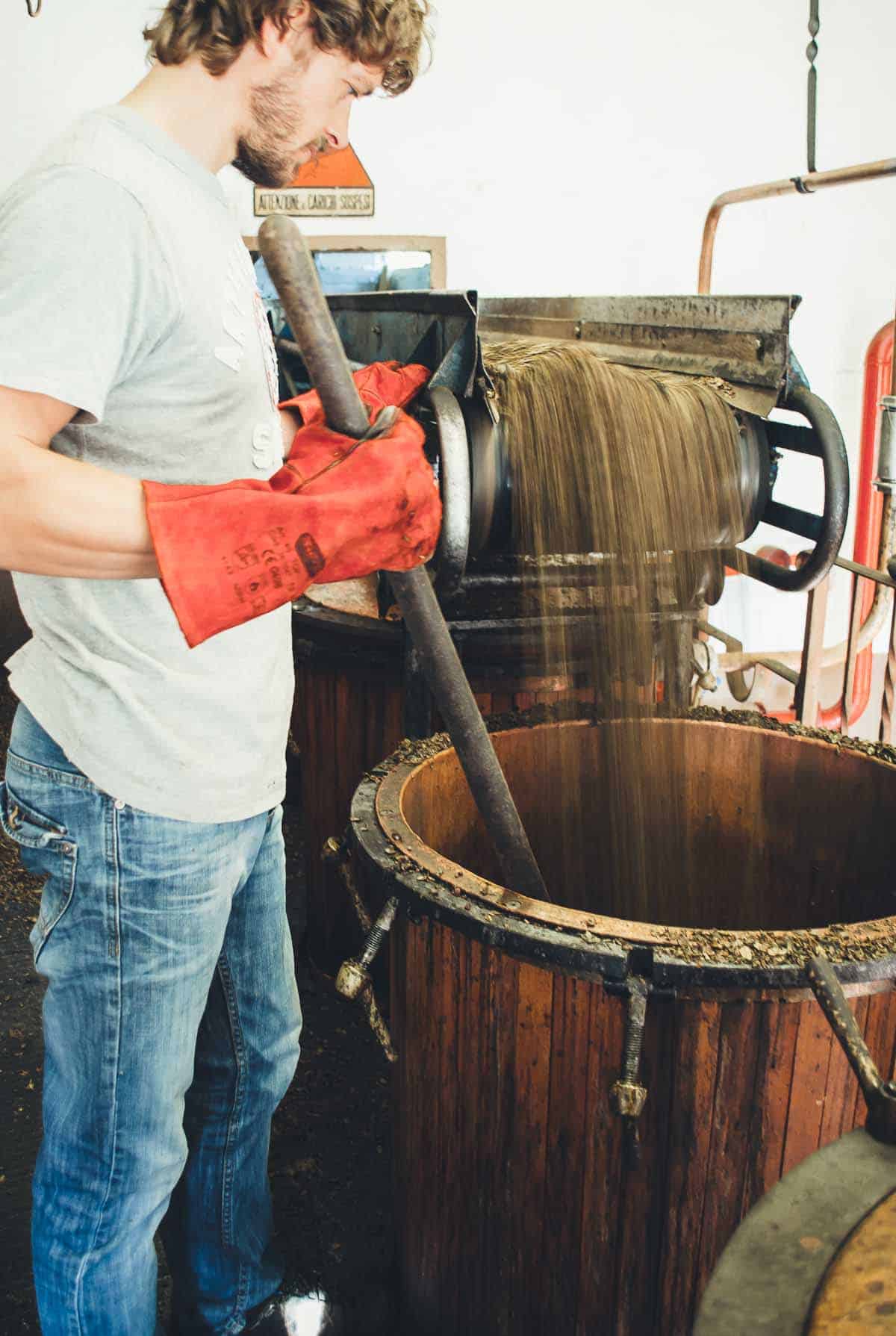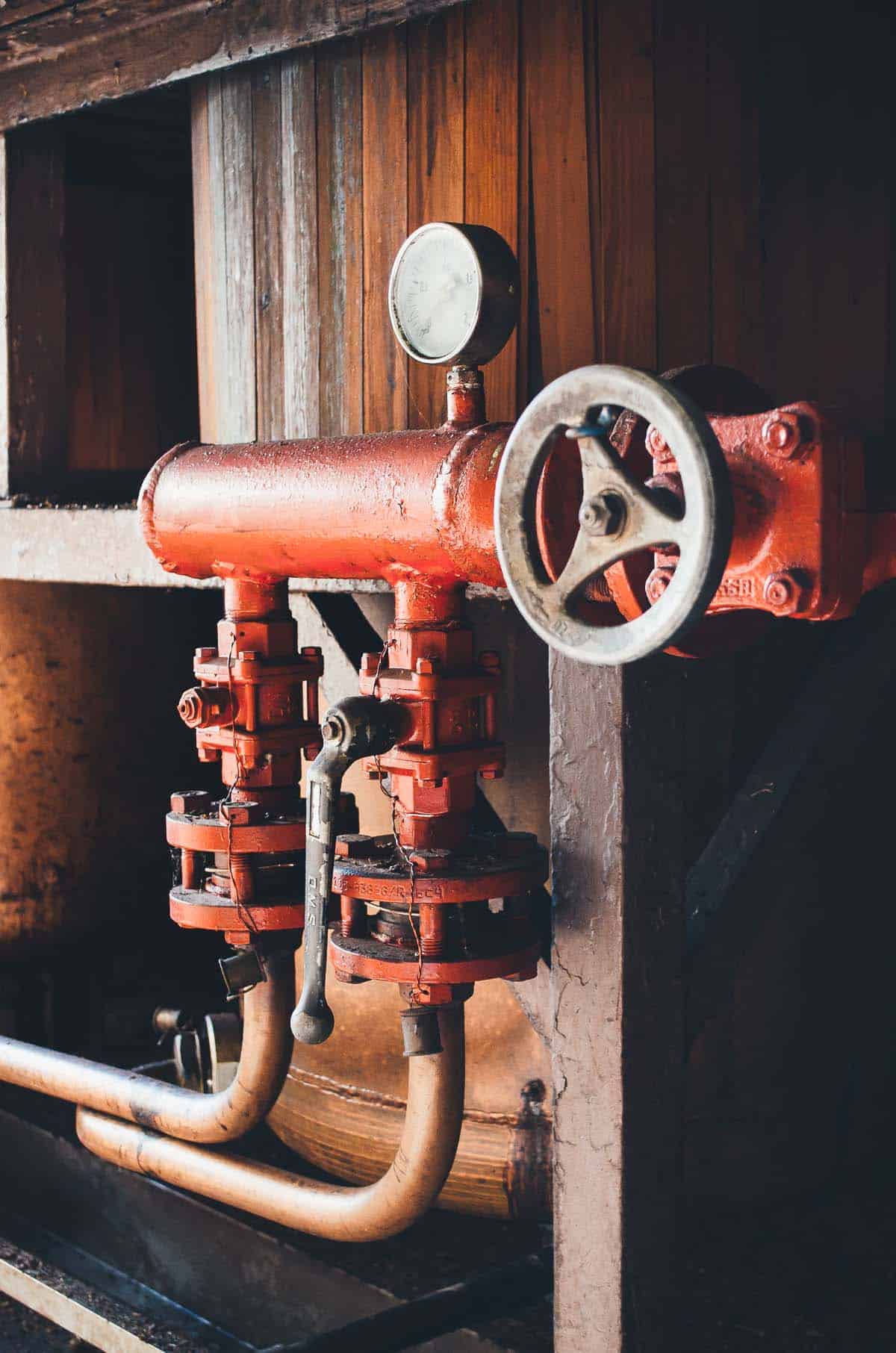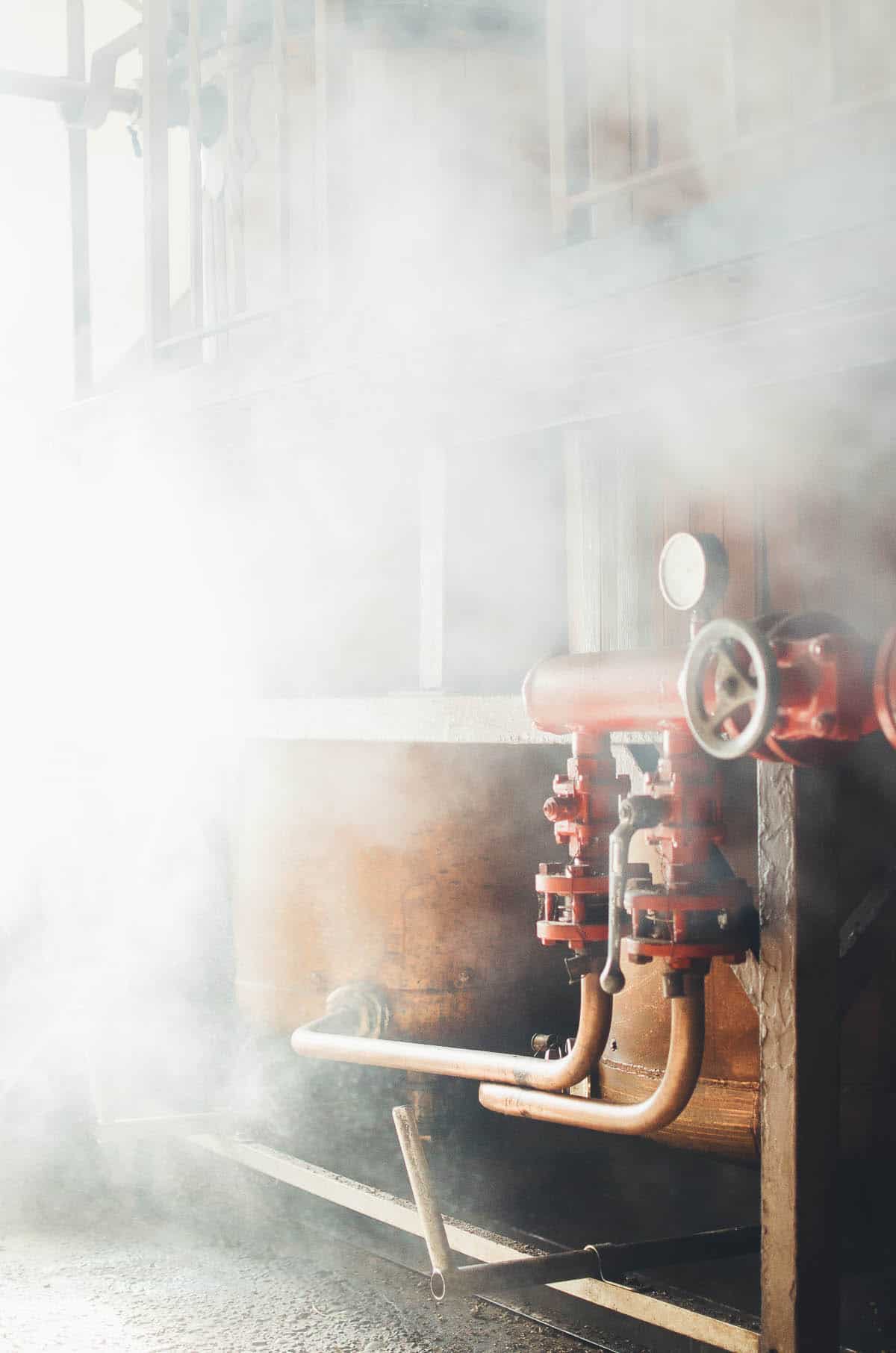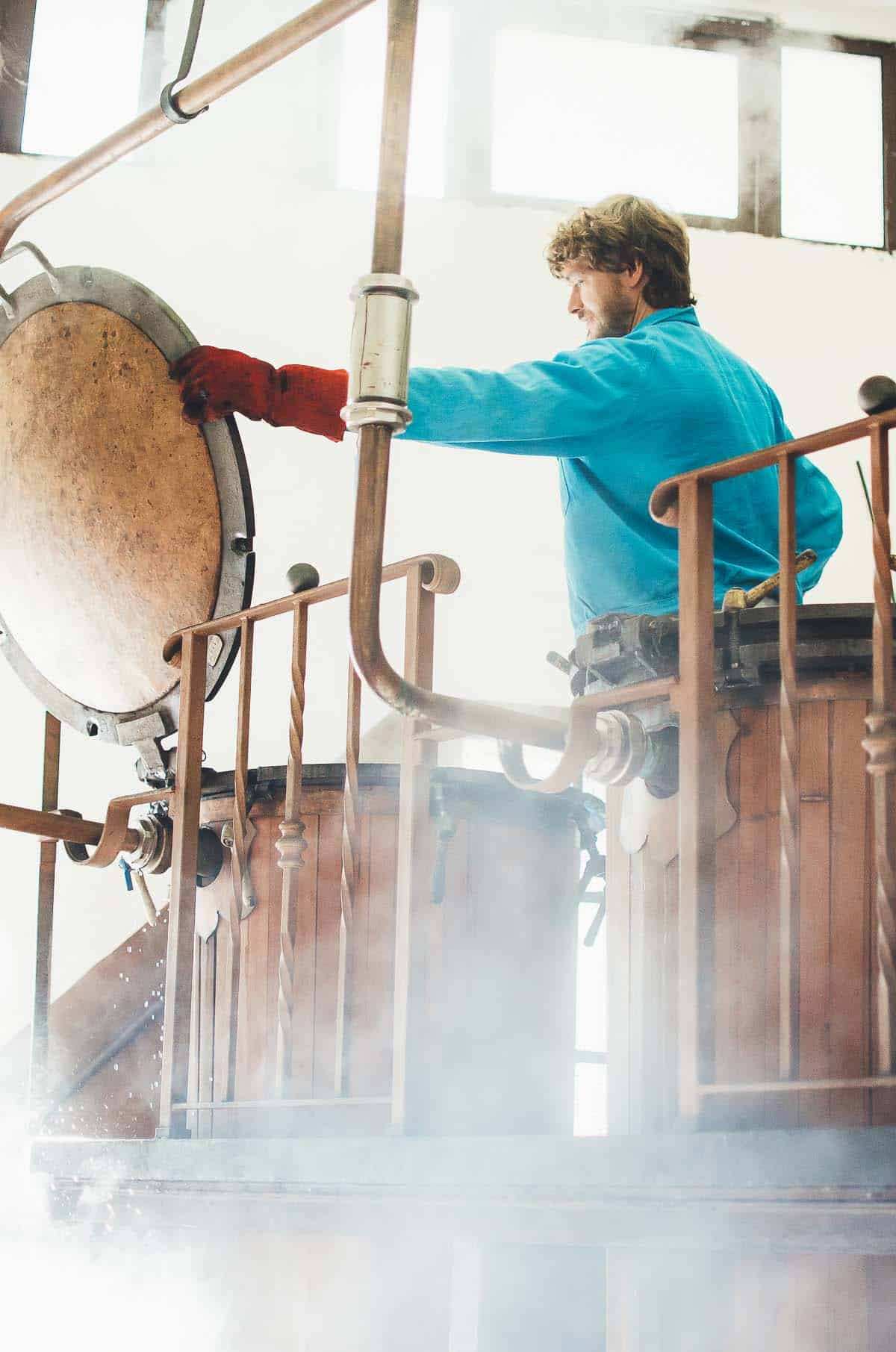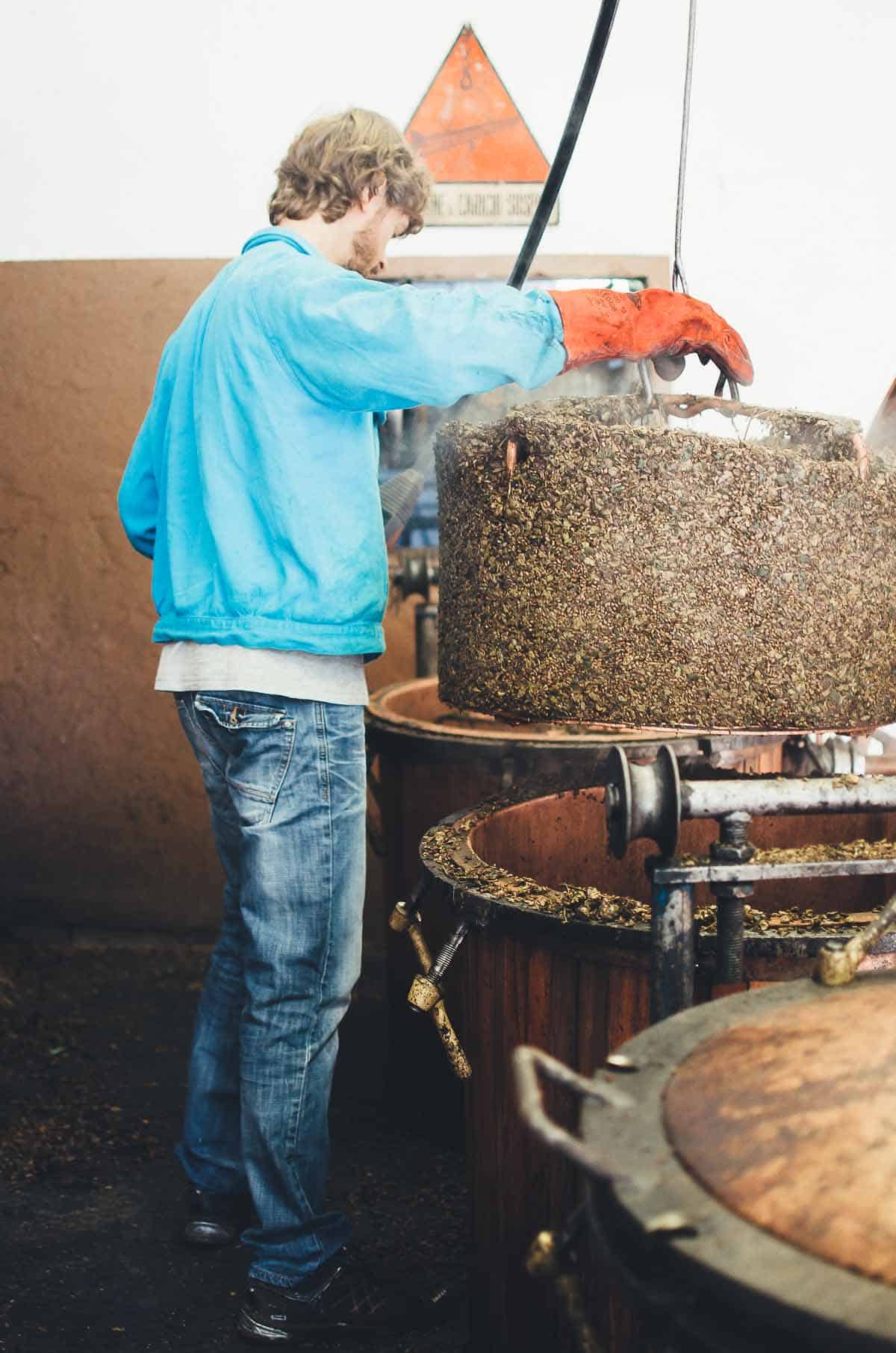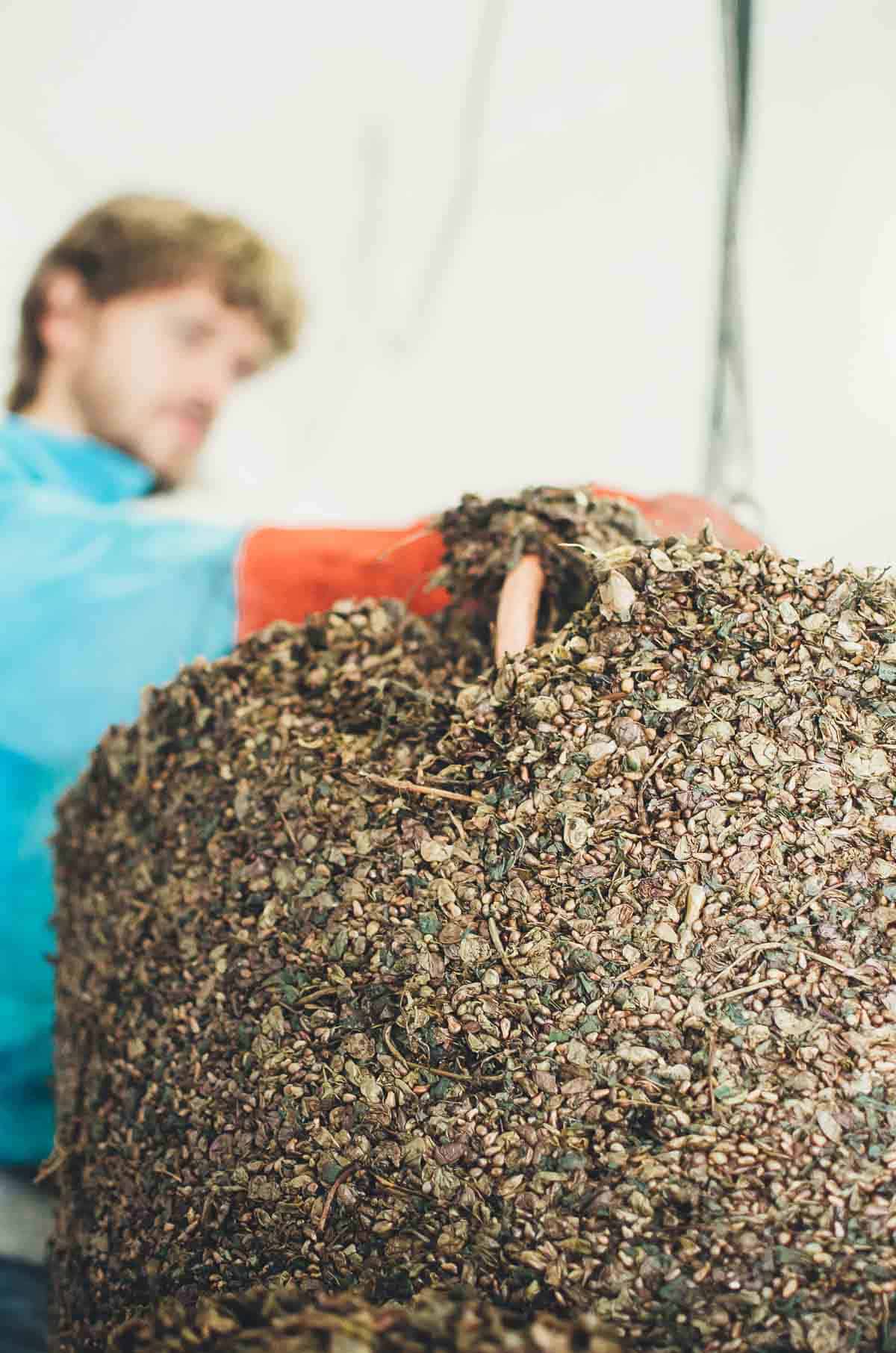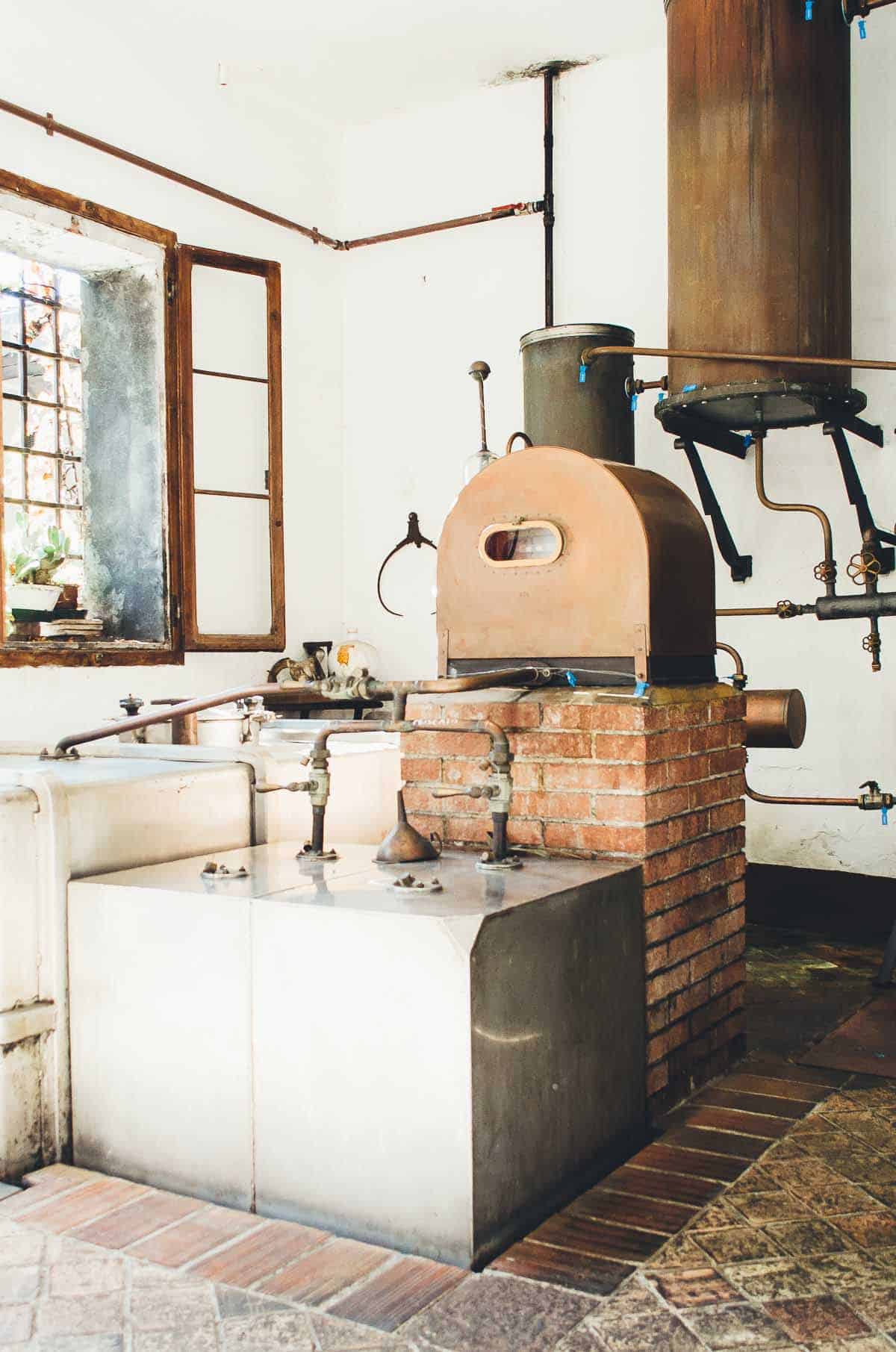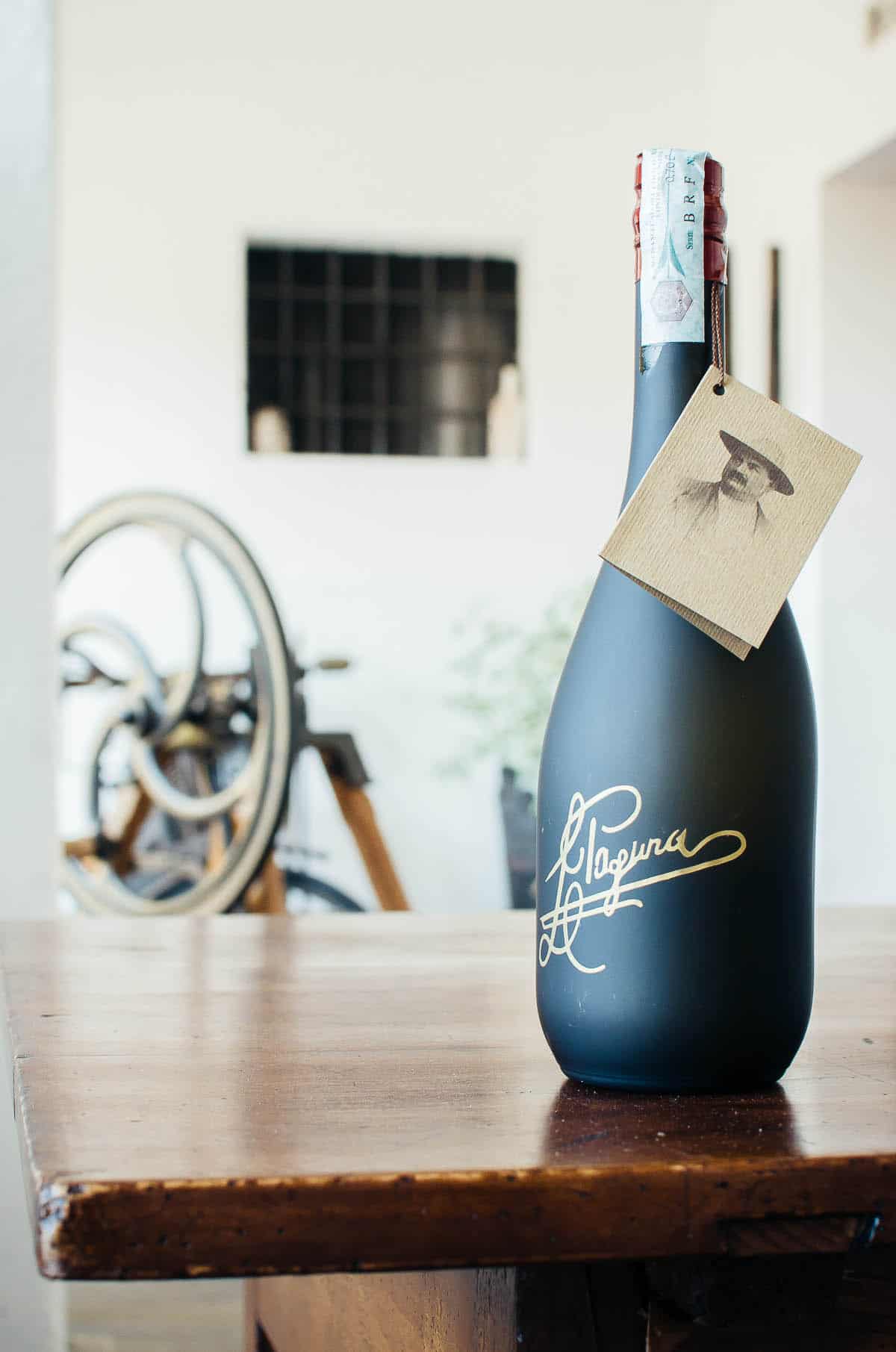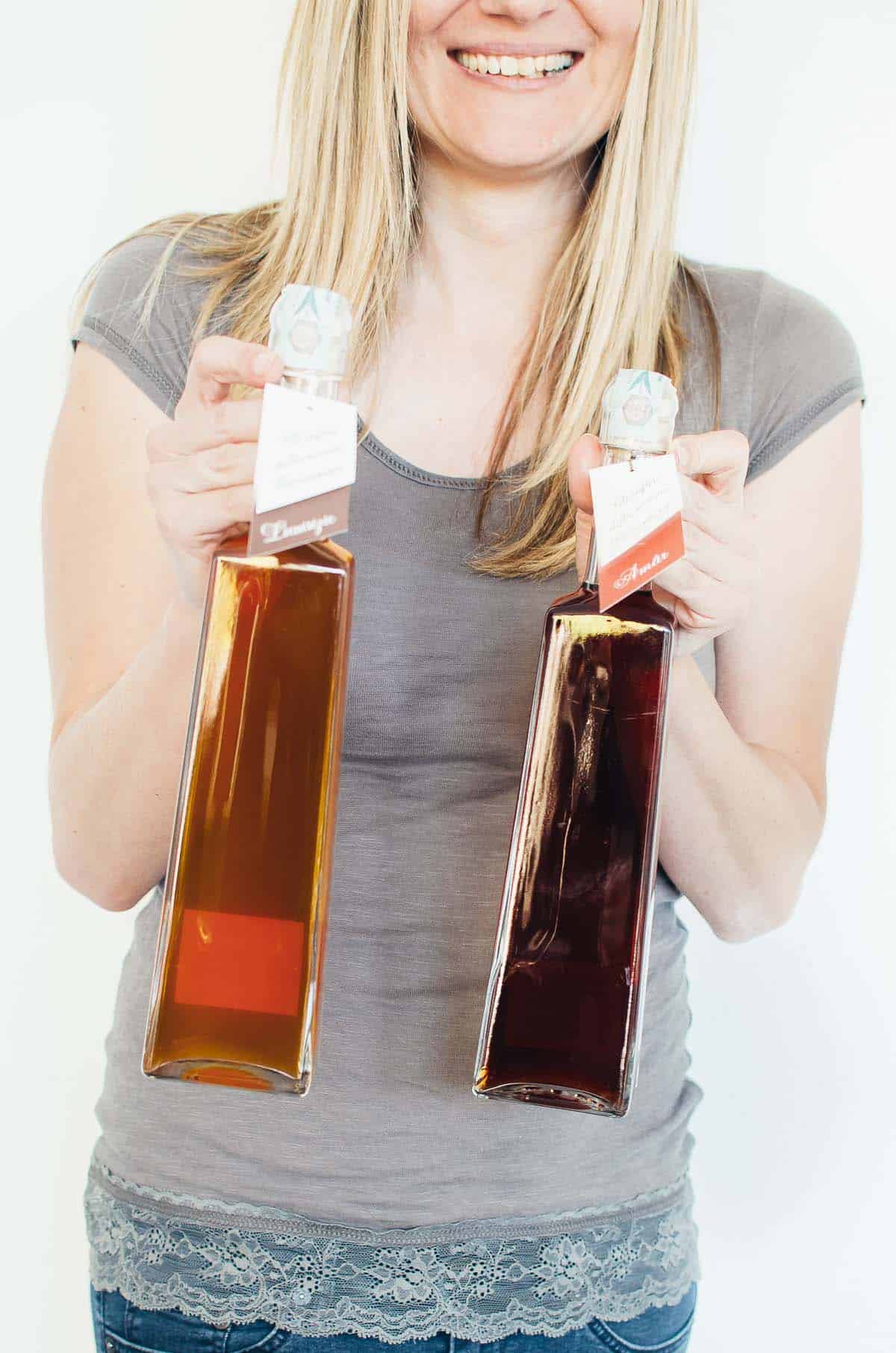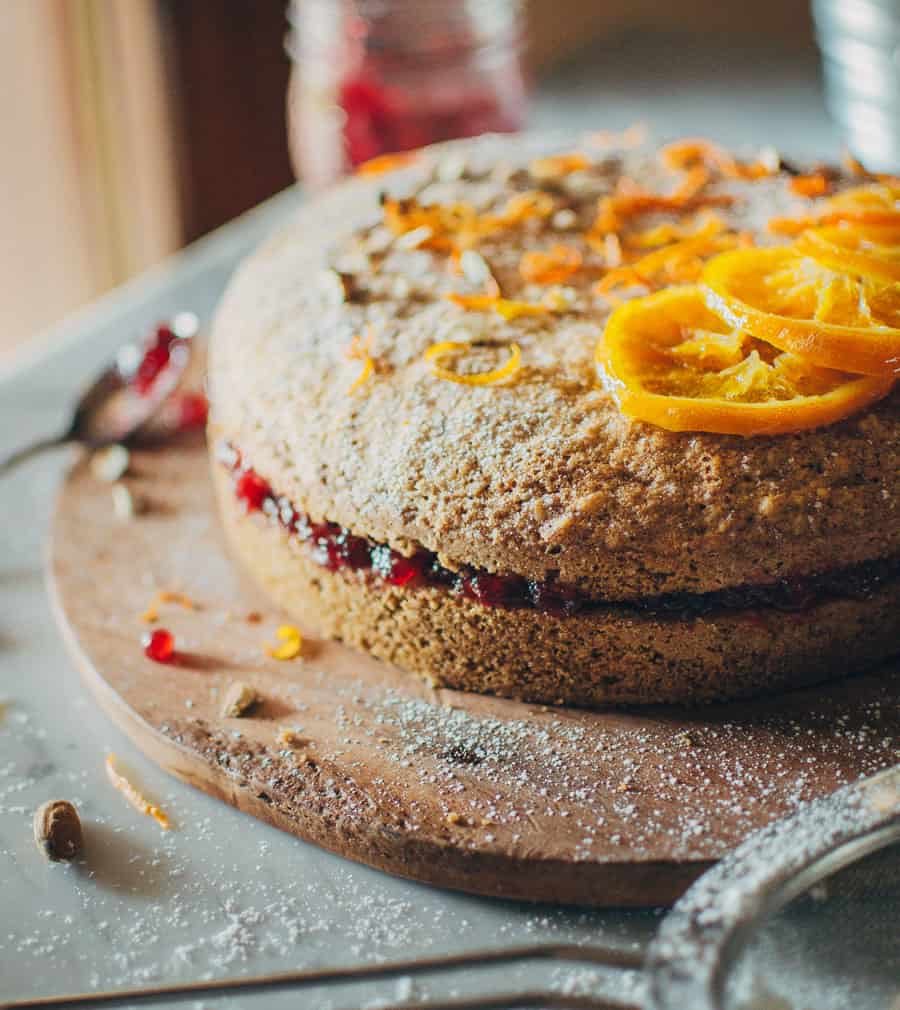 One of the many things I learned from my American husband is that cakes are eaten differently here in Italy than overseas. No matter how hard I tried, I’ve never been able to make him eat a piece of cake for breakfast.
One of the many things I learned from my American husband is that cakes are eaten differently here in Italy than overseas. No matter how hard I tried, I’ve never been able to make him eat a piece of cake for breakfast.
Cakes are eaten more casually here, I guess. A piece of cake can surely be enjoyed as dessert at the end of a meal, but Italians also like to have it with caffè latte or espresso as part of their sweet breakfast. Lots of people still love to bake their own cakes and it’s totally OK for kids to eat a piece for their afternoon “merenda” as it’s considered a healthier option than other processed snacks.
It’s worth saying that Italian cakes don’t usually feature frosting or icing and, for this reason, they look quite simple and rustic. This red berry almond buckwheat cake is the perfect example of a rustic Italian cake…It’s wholesome, without too many frills, and still very yummy. You’ve got almond bits for a bit of crunchiness and red berry jam for a nice fresh and slightly acidic touch.
Needless to say, I had a piece for breakfast (:
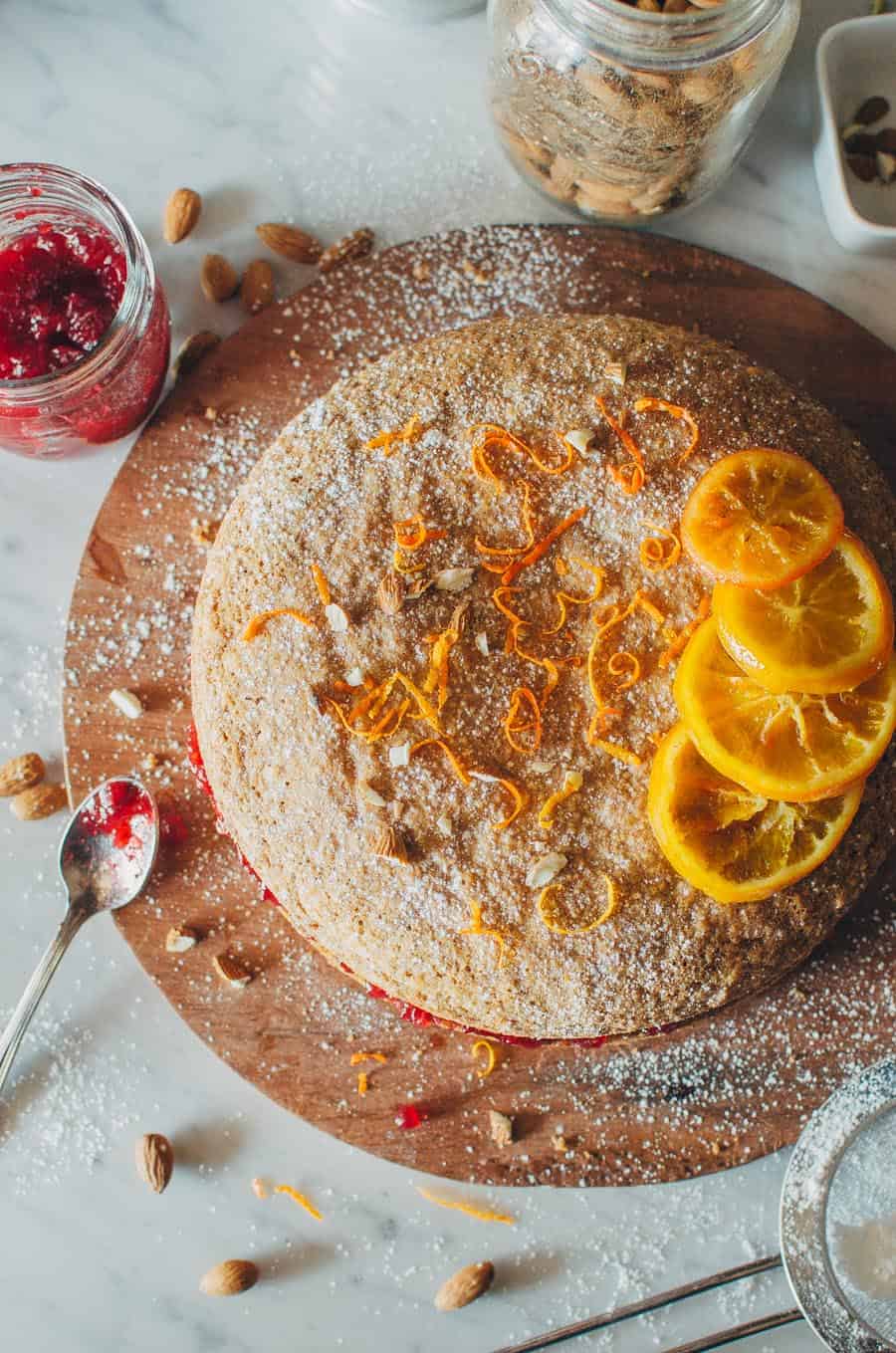
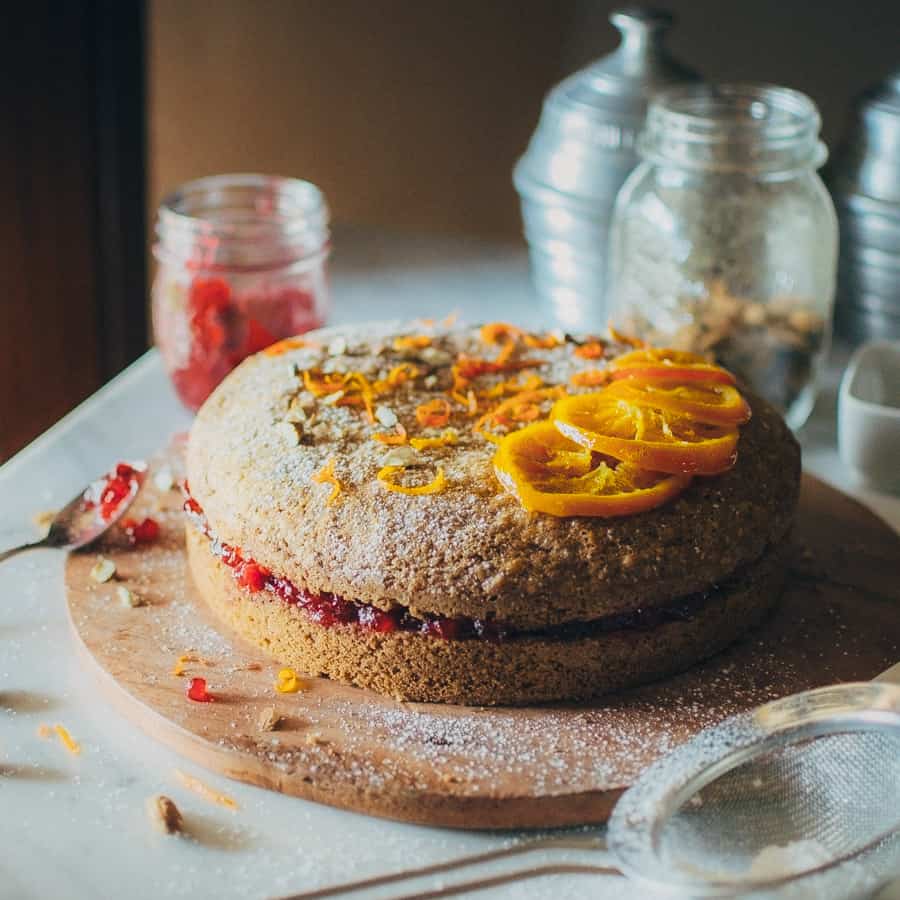
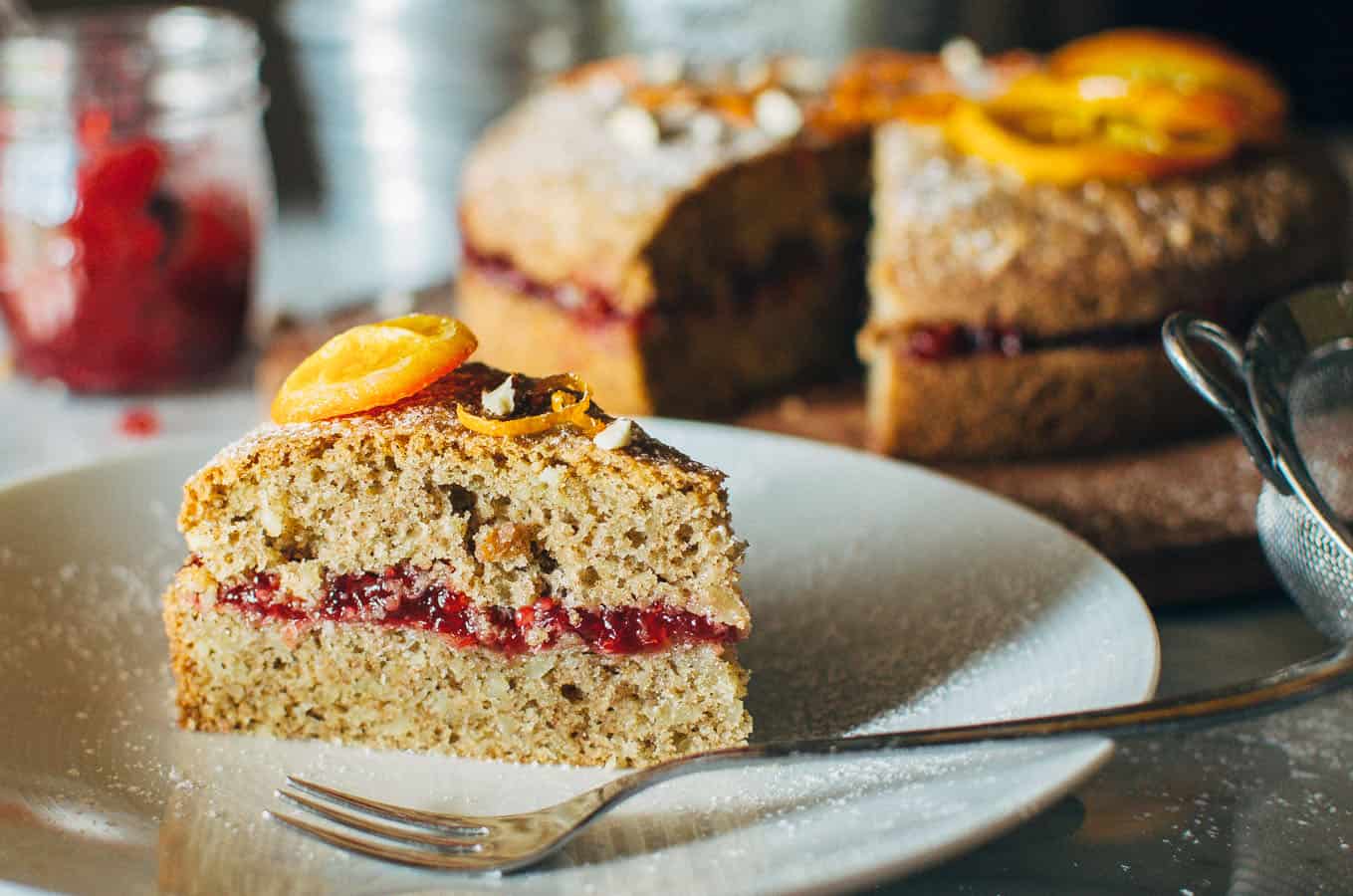
- 200 g (7 oz or 14 Tbsp) butter, softened
- 200 g (7 oz or 1 cup) granulated sugar
- 5 eggs (divided)
- 200 g (7 oz or 1⅔ cup) buckwheat flour
- 200 g (7 oz) almonds, chopped finely
- 1 Tbsp baking powder
- Redberry (or lingonberry) jam
- powdered sugar
- (optional) chopped almonds for garnish
- (optional) candied orange slices
- Butter and flour a 9-inch springform pan. Turn oven to 360° F.
- Mix softened butter with about ½ of the sugar until you obtain a cream without any lumps. Add yolks and mix well, until well combined.
- Whip egg whites to firm peaks and set aside.
- Add flour, baking powder and almonds to the mixture and mix well. Add remaining sugar and gently fold in the mixture the whipped egg whites.
- Pour batter into your springform pan and cook for 50 minutes.
- Let cake cool and cut in half. Fill with jam and dust with powdered sugar. If you like, sprinkle chopped almonds and arrange few candied orange slices on top.
